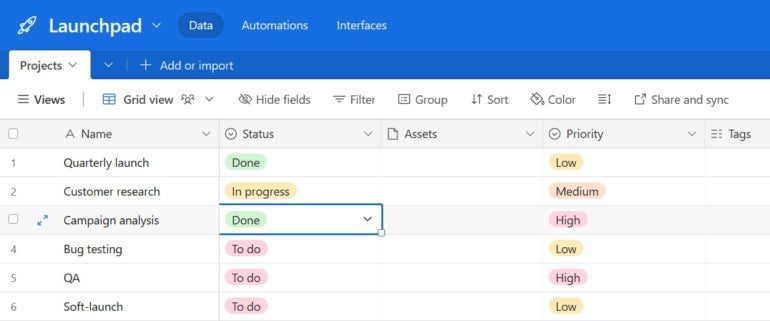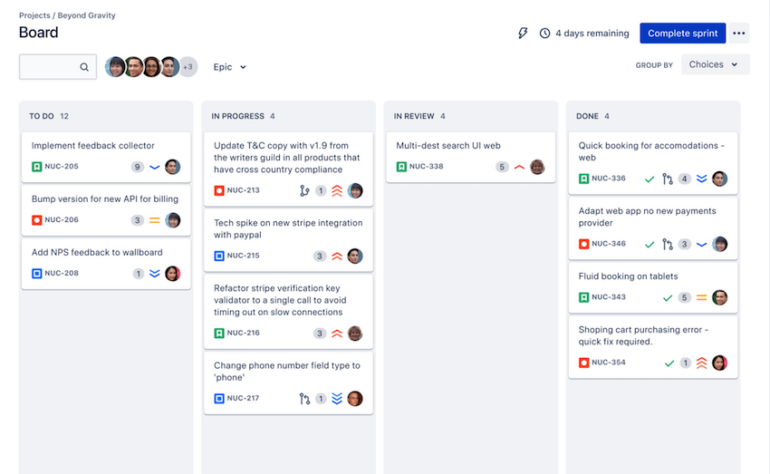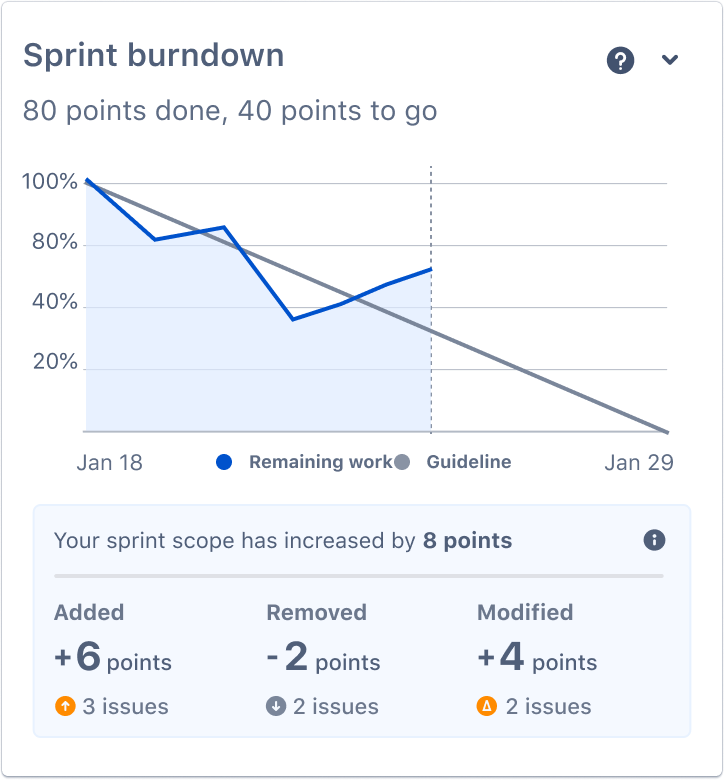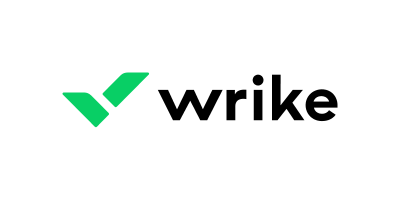Jira and Airtable are powerful project management tools that cater to different needs and workflows. Jira, developed by Atlassian, is a project management tool designed specifically for software development teams. It offers a robust set of features that support agile methodologies, including Scrum and Kanban boards, backlogs, sprint planning tools and more. On the other hand, Airtable is a flexible tool that offers the simplicity of a spreadsheet to teams that need to organize work, from content production schedules to event planning and everything in between.
Jump to:
- Jira vs. Airtable: Comparison table
- Jira and Airtable pricing
- Feature comparison: Jira vs. Airtable
- Jira pros and cons
- Airtable pros and cons
- Methodology
- Should your organization use Jira or Airtable?
Jira vs. Airtable: Comparison table
| Feature | Jira | Airtable |
|---|---|---|
| Task tracking | Yes | Yes |
| Agile methodologies | Yes | No |
| Customizable fields | Yes | Yes |
| Time tracking | Yes | Yes |
| Reporting and analytics | Yes | Yes |
Featured partners
Jira and Airtable pricing
Jira and Airtable both offer tiered pricing structures. Jira’s pricing structure begins with a free plan that supports up to 10 users, making it an economical choice for small teams. For larger teams, the pricing begins at $7.75 per user per month for the Standard plan and $15.25 for the Premium plan. Jira also provides an Enterprise plan for large organizations. For pricing info for this plan, you would need to contact Jira’s sales team directly.
Check out our full Jira review for a more comprehensive understanding of Jira’s offerings.
Airtable also provides a free plan, but its paid plans start at $10 per seat per month when billed annually for the Plus plan. The Pro plan, priced at $20 per seat per month when billed annually, provides even more advanced features. These two premium plans are billed at $12 and $24 monthly. Like Jira, Airtable also offers an Enterprise plan, but the pricing details for this plan are not publicly available.
For a more in-depth analysis of Airtable, read our full Airtable review.
Feature comparison: Jira vs. Airtable
Jira vs. Airtable: Task tracking
Jira provides robust task-tracking features as users can create, assign and track tasks as part of their software development workflow. Tasks can be linked to specific projects and tracked through various stages of development. Jira’s issue and project tracking capabilities allow teams to stay on top of their work and ensure nothing falls through the cracks.
Airtable also offers strong task-tracking features. Users can create tasks as standalone items or as part of larger projects. Tasks can be assigned to team members and tracked through various stages. Airtable’s different views, including grid, calendar, Kanban and gallery, allow teams to visualize their tasks in the way that works best for them. Its spreadsheet-like grid view (Figure A) particularly stands out.
Figure A

Jira vs. Airtable: Agile methodologies
Jira is designed with agile methodologies in mind. It provides comprehensive support for Scrum and Kanban workflows, with features like Scrum boards (Figure B), Kanban boards, backlogs, sprints and more. Teams can customize their workflows to match their agile processes and Jira’s reporting features provide insights into agile metrics like velocity, burn down and more.
Figure B

While Airtable isn’t specifically designed for agile methodologies, its flexibility allows it to be used in an agile manner. Teams can create Kanban views for visual task management, use date fields for sprints and more. However, it lacks some of the agile-specific features found in Jira, like Scrum boards and agile reporting.
Jira vs. Airtable: Customizable fields
Jira offers customizable fields, allowing teams to tailor the tool to their specific needs. Teams can create custom issue types, fields and workflows, making Jira adaptable to a wide range of projects and workflows. This level of customization makes Jira a powerful tool for teams that need to track intricate projects.
Airtable also offers customizable fields, allowing users to create a workspace that fits their workflow. Users can create fields for many data types such as text, numbers, dates and more. This flexibility allows teams to structure their work in a way that makes sense to them, making Airtable a versatile tool for a wide range of projects.
Jira vs. Airtable: Time tracking
Jira has built-in time tracking, but it doesn’t offer extensive time tracking features. However, it does have fields for logging work where users can manually enter the time spent on issues. For more advanced time tracking, Jira can integrate with a variety of time tracking apps available in the Atlassian Marketplace, such as Tempo Timesheets, Work Log Pro and more.
Airtable doesn’t offer a native time-tracking feature. Users can manually create date and time fields to record when work is done, but for automatic time tracking, integration with external apps like Harvest, Toggl or others would be required.
Jira vs. Airtable: Reporting and analytics
Jira provides robust reporting and analytics features. It offers a variety of built-in reports for tracking project progress, forecasting and more. These include burndown (Figure C) and burnup charts, sprint reports, velocity charts and others. Jira’s reports can be customized to meet the team’s needs and its dashboard provides a high-level overview of the project at a glance. For more advanced analytics, Jira can integrate with tools like eazyBI.
Figure C

On the other hand, Airtable offers basic reporting features. Users can create views to filter and sort records based on various criteria, and summary fields can be used to perform calculations on numeric fields. However, for more advanced reporting and analytics, users may need to use Airtable’s integration with external tools like Google Sheets or Tableau.
Jira pros and cons
Pros of Jira
- A robust platform that provides comprehensive project management features, enabling teams to track, manage and report on their work with ease.
- Highly flexible tool, allowing it to be customized to fit a variety of workflows and making it suitable for teams of different sizes and from different industries.
- Jira’s integration capabilities with other tools, such as Confluence and Bitbucket, enhance its functionality.
Cons of Jira
- Complexity of Jira’s interface can be overwhelming for new users, leading to a steep learning curve.
- Strong customization options can lead to confusion and inconsistency.
- Can be prohibitive for smaller teams or startups, especially when considering the additional expenses for plugins and integrations.
Airtable pros and cons
Pros of Airtable
- Highly customizable and flexible, making it usable for a wide variety of applications.
- User-friendly interface is easy to navigate.
- Provides a variety of templates that can be used to quickly set up a new project.
Cons of Airtable
- There is a learning curve to fully understand and utilize all of Airtable’s features.
- The pricing can be high for small businesses or individuals in particular.
- Some users report that the desktop app is more robust and more user-friendly than the mobile app.
Methodology
We used the product features listed on their websites and verified user reviews of the two products to understand what the products offer and how users interact with Jira and Airtable. We then tested both products to form an objective comparison.
Should your organization use Jira or Airtable?
Jira is a powerful tool for teams that use Agile methodologies. However, its complexity and steep learning curve may not be ideal for teams looking for a simple, easy-to-use tool. On the other hand, Airtable is a versatile and user-friendly platform whose flexibility and customization options make it a great option for teams that need to manage diverse types of information and workflows. It also offers a more visual and intuitive interface compared to Jira, which can make it more appealing to teams whose members have less technical expertise.
In terms of pricing, both Jira and Airtable offer a range of plans to suit different budgets and needs. Jira’s pricing is based on the number of users and can be more cost-effective for small teams, while Airtable’s pricing is based on the features and level of support you need.
Though, as much as both Jira and Airtable have their appeal, the best choice for your organization will depend on your specific needs, budget and the nature of your projects. Take advantage of the free trials or plans offered by both platforms to test them and see which one best fits your team.
1 Wrike
Tackle complex projects with Wrike’s award-winning project management software. Break projects into simple steps, assign tasks to team members, and visualize progress with Gantt charts, Kanban boards, and calendars. Manage resource allocation and forecasting with software that’s easy to launch. Automation and AI features strip away time-consuming admin tasks so you can do the best work of your life. Streamline your practices, align your team, and ensure you hit deadlines and stay on budget.
2 Jira
Simple and powerful way to track and manage issues. It handles all kinds of issues (bugs, features, enhancements, and tasks) and can be used for bug tracking, development help, project management, or group task cataloging.











